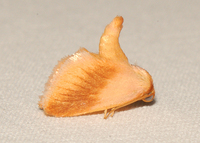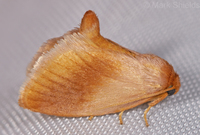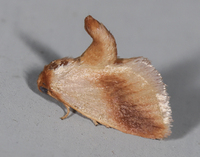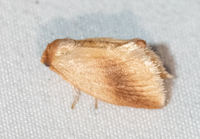
| Recorded by: Emily Stanley on 2025-05-18
Buncombe Co.
Comment: | 
| Recorded by: Mark Basinger on 2025-05-01
Wilson Co.
Comment: |
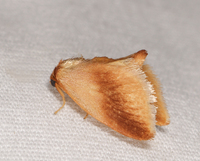
| Recorded by: John Petranka and Sally Gewalt on 2025-04-29
Warren Co.
Comment: | 
| Recorded by: Lenny Lampel on 2025-04-25
Mecklenburg Co.
Comment: |
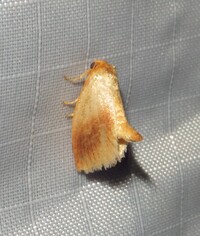
| Recorded by: Lenny Lampel on 2025-04-25
Mecklenburg Co.
Comment: | 
| Recorded by: K. Bischof on 2025-04-19
Chatham Co.
Comment: |
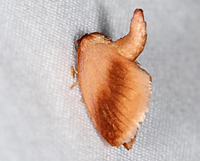
| Recorded by: Jim Petranka, John Petranka and Becky Elkin on 2025-04-14
Bladen Co.
Comment: | 
| Recorded by: Owen McConnell and Simpson Eason on 2024-06-20
Graham Co.
Comment: |
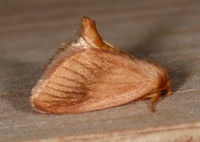
| Recorded by: Jim Petranka, Mark Basinger and Becky Elkin on 2024-05-16
Buncombe Co.
Comment: | 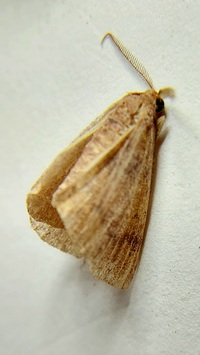
| Recorded by: Mark Basinger on 2024-05-14
Buncombe Co.
Comment: |
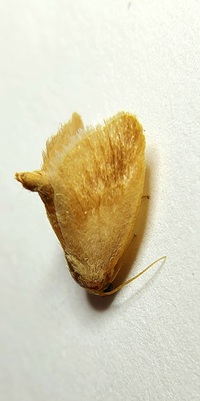
| Recorded by: Mark Basinger on 2024-05-13
Buncombe Co.
Comment: | 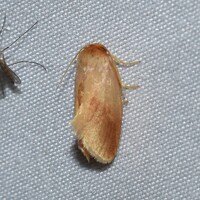
| Recorded by: Jeff Niznik on 2024-05-13
Madison Co.
Comment: |
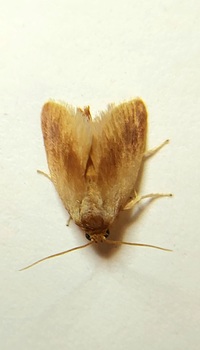
| Recorded by: Mark Basinger on 2024-05-02
Wilson Co.
Comment: | 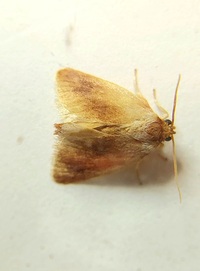
| Recorded by: Mark Basinger on 2024-05-02
Wilson Co.
Comment: |
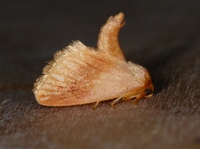
| Recorded by: Jim Petranka and Becky Elkin on 2024-05-01
Madison Co.
Comment: | 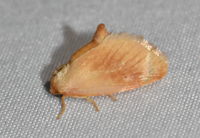
| Recorded by: Emily Stanley on 2024-04-30
Buncombe Co.
Comment: |

| Recorded by: David George, Jeff Niznik on 2024-04-29
Chatham Co.
Comment: | 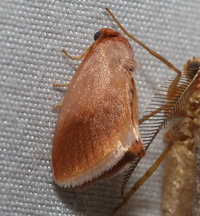
| Recorded by: David George, Stephen Dunn, Jeff Niznik on 2024-04-29
Chatham Co.
Comment: |
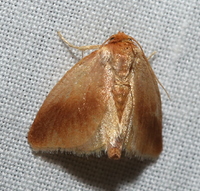
| Recorded by: David George, Stephen Dunn, Jeff Niznik on 2024-04-29
Chatham Co.
Comment: | 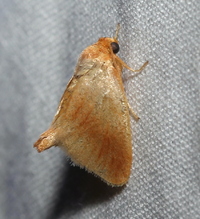
| Recorded by: David George, Stephen Dunn, Jeff Niznik on 2024-04-29
Chatham Co.
Comment: |
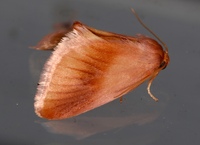
| Recorded by: Jim Petranka on 2024-04-29
Madison Co.
Comment: | 
| Recorded by: Andrew W. Jones on 2024-04-29
Polk Co.
Comment: |

| Recorded by: Stephen Dunn, Jeff Niznik, Larry Chen, Sarah Toner on 2024-04-19
Orange Co.
Comment: | 
| Recorded by: David George, Ed Corey on 2023-06-17
Avery Co.
Comment: |
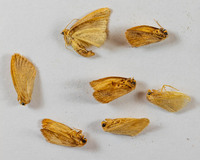
| Recorded by: David George on 2023-06-16
Avery Co.
Comment: | 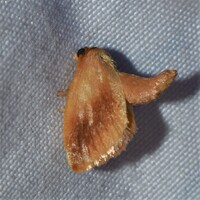
| Recorded by: David George, Jeff Niznik on 2023-05-12
Durham Co.
Comment: |
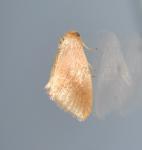
| Recorded by: K. Bischof on 2023-05-10
Transylvania Co.
Comment: | 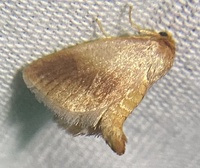
| Recorded by: David George, Richard Teper, Carol Tingley, Tom Howard, Richard Stickney, Becky Watkins on 2023-05-06
Durham Co.
Comment: |

| Recorded by: Jim Petranka on 2023-05-06
Madison Co.
Comment: | 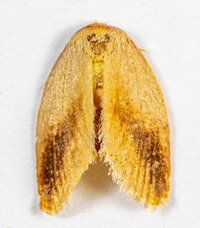
| Recorded by: Steve Hall, David George, Jeff Niznik on 2023-04-29
Orange Co.
Comment: |
|

 »
»